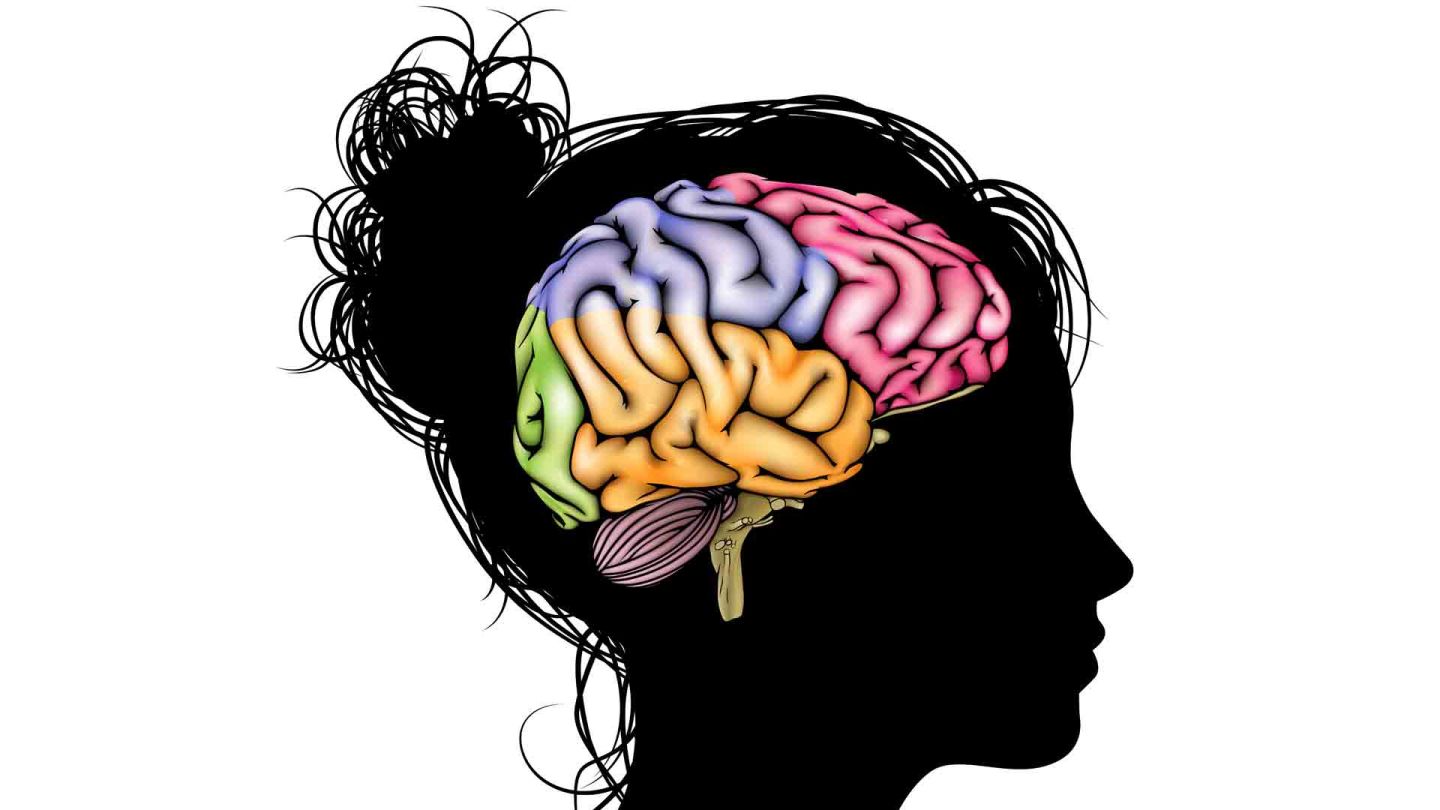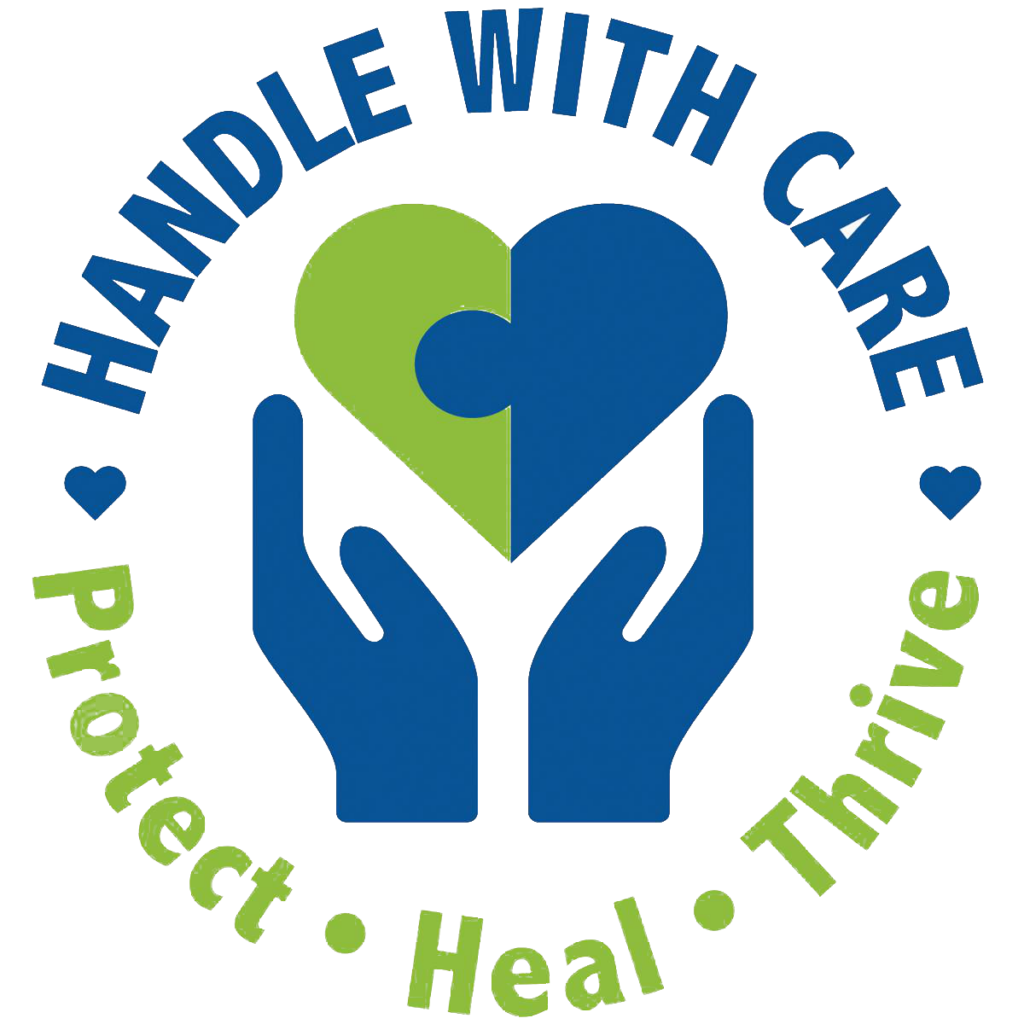
Brain and Addictions
Your Brain
Your brain is who you are. It’s what allows you to think, breathe, move, speak, and feel. It’s just 3 pounds of gray-and-white matter that rests in your skull, and it is your own personal “mission control.”
The brain is always working, even when you’re sleeping. Information from your environment makes its way to the brain, which receives, processes, and integrates it so that you can survive and function under all sorts of changing circumstances and learn from experience. This information comes from both outside your body (like what your eyes see and skin feels) and inside (like your heart rate and body temperature).
The brain is made up of many parts that all work together as a team. Each of these different parts has a specific and important job to do. When drugs enter the brain, they interfere with its normal tasks and can eventually lead to changes in how well it works. Over time, drug use can lead to addiction, a devastating brain disease—when people can’t stop using drugs even when they really want to, and even after it causes terrible consequences to their health and other parts of their lives.
Drugs affect mostly three areas of the brain:
- The brain stem is in charge of all the functions our body needs to stay alive—breathing, moving blood, and digesting food. It also links the brain with the spinal cord, which runs down the back and moves muscles and limbs. It also lets the brain know what’s happening to the body.
- The limbic system links together a bunch of brain structures that control our emotional responses, such as feeling pleasure when we eat chocolate or kiss someone we love. The good feelings motivate us to repeat the behavior, which can be good because things like eating and love are critical to our lives.
- The cerebral cortex is the mushroom-shaped outer part of the brain (the gray matter). In humans, it is so big that it makes up about three-fourths of the entire brain. It’s divided into four areas, called lobes, which control specific functions. Some areas process information from our senses, allowing us to see, feel, hear, and taste. The front part of the cortex, known as the frontal cortex or forebrain, is the thinking center. It powers our ability to think, plan, solve problems, and make decisions.
How do drugs affect your brain?
Drugs are chemicals. When someone puts these chemicals into their body, either by smoking, injecting, inhaling, or eating them, they tap into the brain’s communication system and tamper with the way nerve cells normally send, receive, and process information. Different drugs—because of their chemical structures—work differently. We know there are at least two ways drugs work in the brain:
- Imitating the brain’s natural chemical messengers
- Overstimulating the “reward circuit” of the brain
Some drugs, like marijuana and heroin, have chemical structures that mimic a neurotransmitter that naturally occurs in our bodies. In fact, these drugs can “fool” our receptors, lock onto them, and activate the nerve cells. However, they don’t work the same way as a natural neurotransmitter, and the neurons wind up sending abnormal messages through the brain, which can cause problems both for our brains and our bodies. Other drugs, such as cocaine and methamphetamine, cause nerve cells to release too much dopamine, a natural neurotransmitter, or prevent the normal recycling of dopamine. This leads to exaggerated messages in the brain, causing problems with communication channels. It’s like the difference between someone whispering in your ear versus someone shouting in a microphone
RESOURCE FROM THE NIH: https://teens.drugabuse.gov/drug-facts/brain-and-addiction#topic-2

